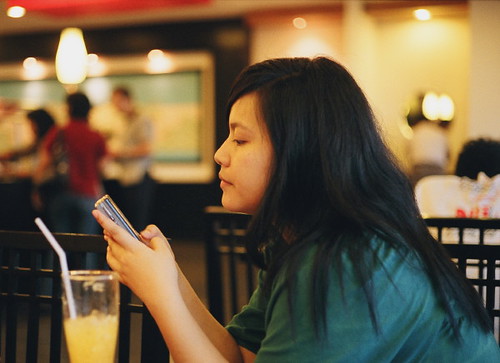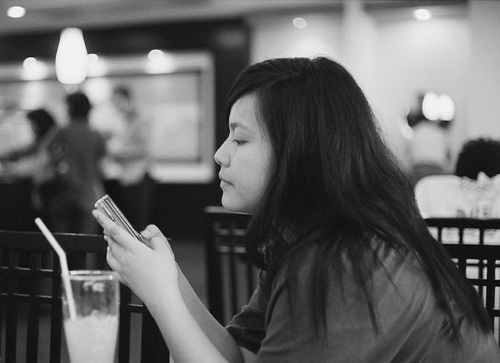Hi, Bob,
My question is, in your opinion, under a tungsten light for instance, which one would you find better: a picture which white balance is corrected, or a pciture that is left as is... I mean with all that reddish or yellowish skin color due to the incorrect WB?
Asher wrote a nice essay about that conundrum some while ago, in the throes of a big discussion about white balance color correction tools and techniques.
As I recall, he particularly cited the situation of scenes taken by the reddish light of sunset, where in fact a skin rendition that was "reddish" would be needed to convey to teh ultimate viewer of the image the overall ambiance. Another example is a picture of people taken by the light of a bonfire (I don't recall whether Asher invoked that example or not, but it is in the same category).
The paradox here is that human vision,
up to a degree, applies almost the exact equivalence of what we thing of as
white balance color correction (chromatic adaptation) - so that we perceive a sheet of white paper as "white", whether we observe it under incandescent light or daylight.
Yet, observed under a red floodlight (to give an artificial example), we may well perceive the paper as "looking reddish".
So our human system apparently draws the line in fully applying chromatic adaptation when it judges the incident chromaticity as "far from white". (And our raw developing programs do the same thing - try putting the eyedropper on that piece of paper shot under red illumination - the program won't make it "gray" .)
So in photography we perhaps need to be guided by that same notion. Thus, in a scene lighted by the deep glow of sunset, or by the light of a bonfire, we may wish to eschew "theoretically ideal" white balance color correction.
But in the mixed illumination of a restaurant, "theoretically ideal" white balance color correction - such as we are able to readily attain if we have a neutral target in the shot - is probably a pretty good bet.
In any case, it is a beautiful shot of a beautiful girl. Thanks for sharing with us.



